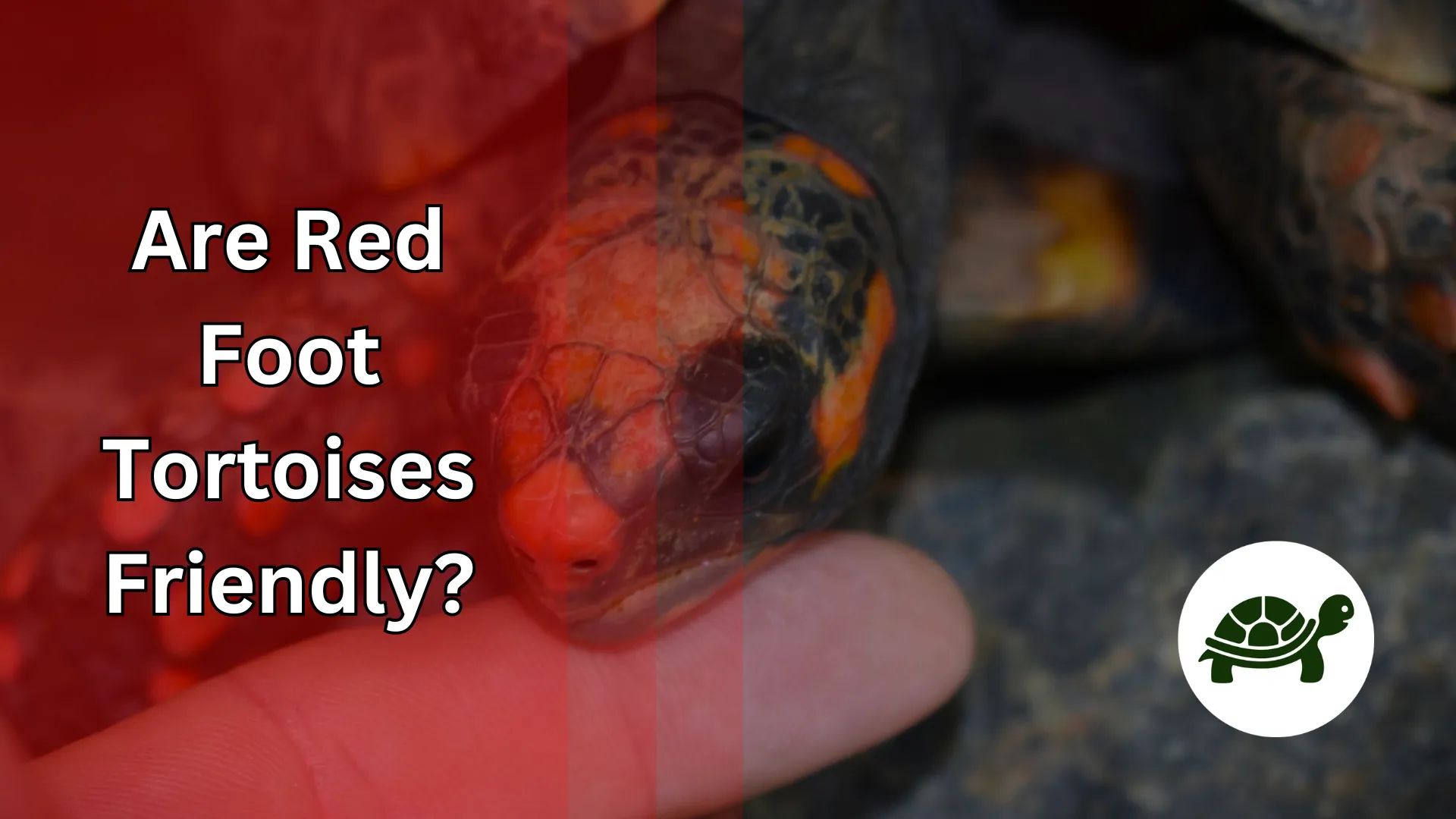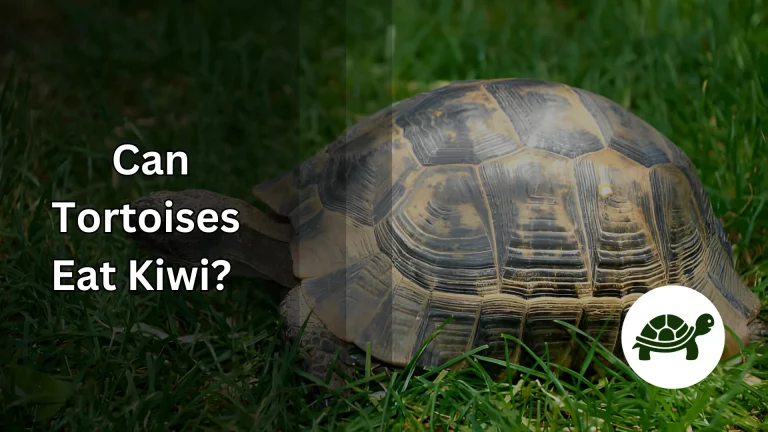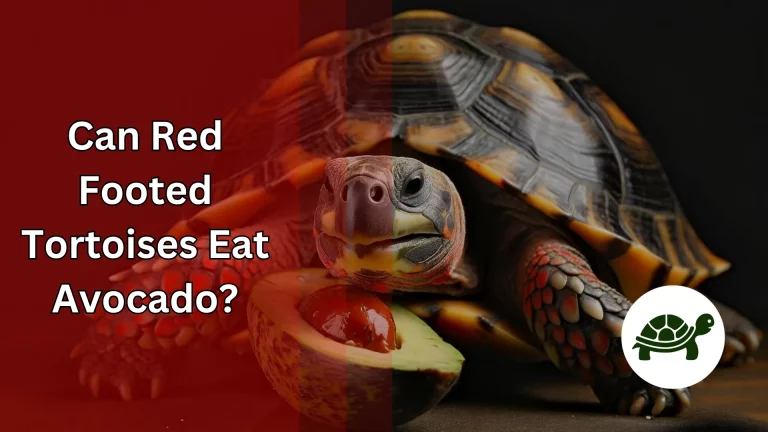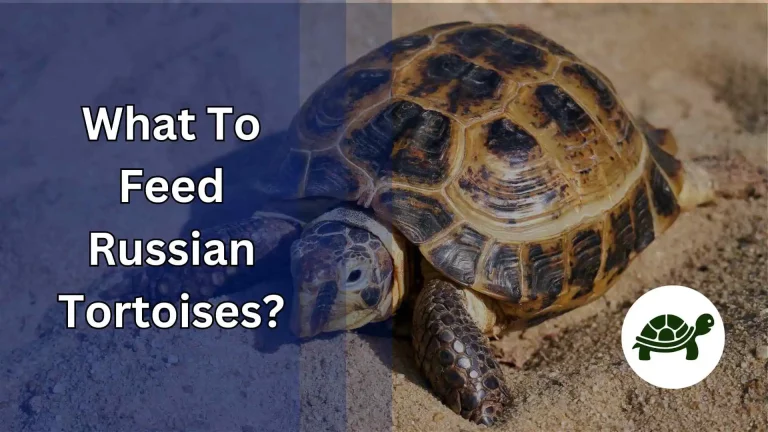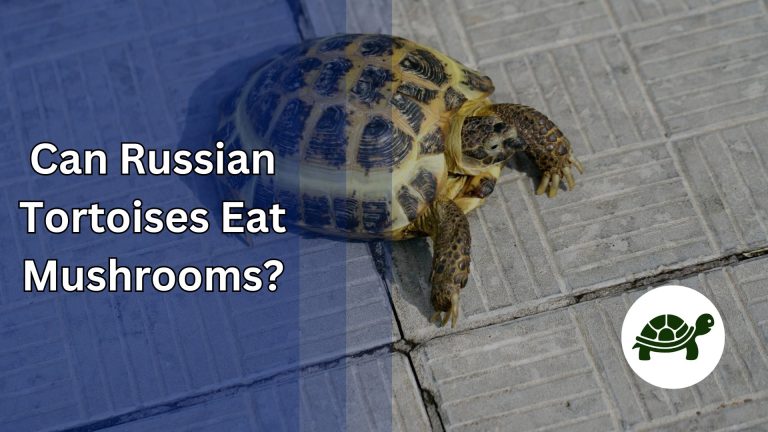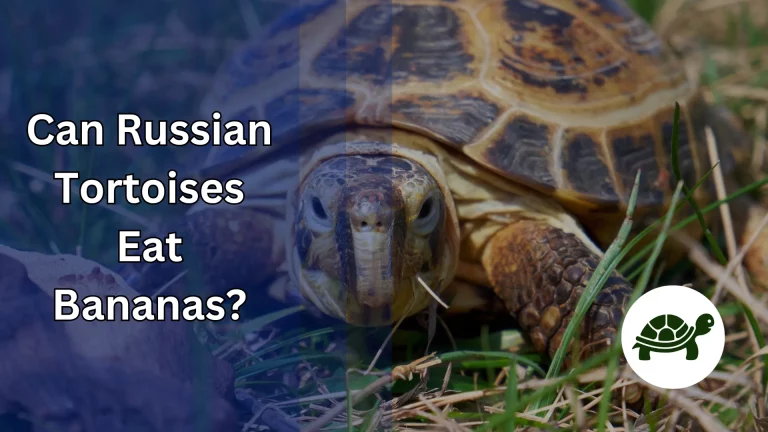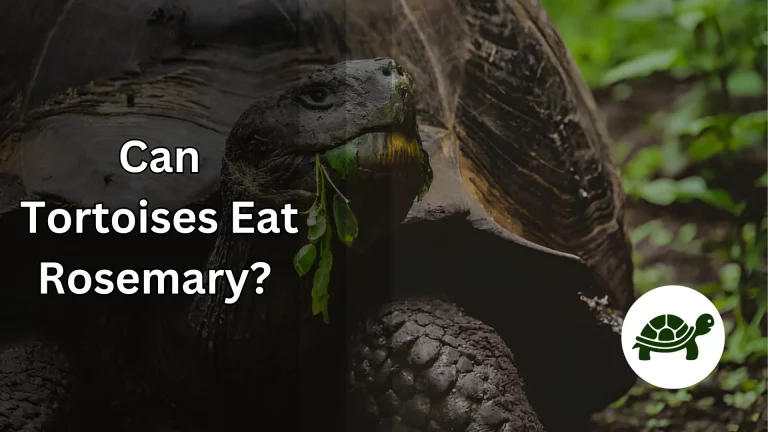Are Red Foot Tortoises Friendly? – All You Need To Know
Red Foot Tortoises have long intrigued pet enthusiasts with their vibrant red markings and serene demeanor. Originating from the lush forests of South America, these tortoises are not just a visual delight but also a subject of curiosity regarding their temperament. Are they as friendly and docile as often portrayed? This guide dives into the heart of this question, offering insights into the world of Red Foot Tortoises. Understanding these creatures’ behavior is crucial for anyone considering them as a pet, and that’s exactly what we’ll explore.
In the following sections, we’ll unravel the mysteries surrounding their friendliness. From their natural habitat influences to the impact of their care and environment, every aspect plays a role in shaping their personality. Whether you’re a seasoned tortoise owner or just starting your journey, this article aims to provide valuable information to deepen your understanding and connection with these fascinating reptiles.
Understanding Red Foot Tortoises
Physical Characteristics
Red foot tortoises are not just any pet; they’re a fascinating blend of beauty and resilience. These tortoises, with their vibrant red markings on legs and head, instantly grab attention. Typically, they grow to be about 12 to 16 inches long, a size manageable for most pet owners. Their shell, a canvas of brown and tan patterns, adds to their unique charm. These creatures aren’t just about looks, though; they’re known for their longevity, often living up to 50 years or more with proper care.
Natural Habitat
To truly understand these tortoises, we must take a peek into their natural world. Originating from the forests and grasslands of South America, red foot tortoises are accustomed to a life amidst diverse ecosystems. This natural habitat, rich in foliage and varying temperatures, plays a significant role in shaping their behavior and needs. In captivity, replicating aspects of this environment is key to their wellbeing. Understanding their origins helps us create a more comfortable and natural setting for them in our homes.
The Temperament of Red Foot Tortoises
General Behavior
Red foot tortoises are often described as the gentle giants of the tortoise world. Their calm and easygoing nature makes them a favorite among tortoise enthusiasts. Unlike some of their more reclusive cousins, red foots often show a curious and exploratory behavior, especially in a well-set environment. They may not be the type to seek cuddles, but they often welcome gentle interaction. This makes them excellent choices for families or individuals seeking a less intensive pet experience.
Interaction with Humans
One of the most delightful aspects of red foot tortoises is their response to human interaction. They’re known to recognize their caregivers and can even show signs of affection in their unique way. While they won’t fetch a ball like a dog, they often approach their human friends for a head scratch or a treat. It’s important to remember that each tortoise has its personality; some may be more outgoing than others. The key is patience and gentle, consistent handling to nurture a bond with these charming creatures.
Factors Affecting Friendliness in Red Foot Tortoises
Environment and Housing
The environment where a red foot tortoise lives plays a huge part in its friendliness. These creatures thrive in spaces that mimic their natural habitat. A spacious enclosure with areas to explore, hide, and bask is essential. The right temperature and humidity levels are also key. When their environment feels right, these tortoises are more likely to show their friendly side. It’s like giving them a slice of their natural home, which makes them feel safe and content.
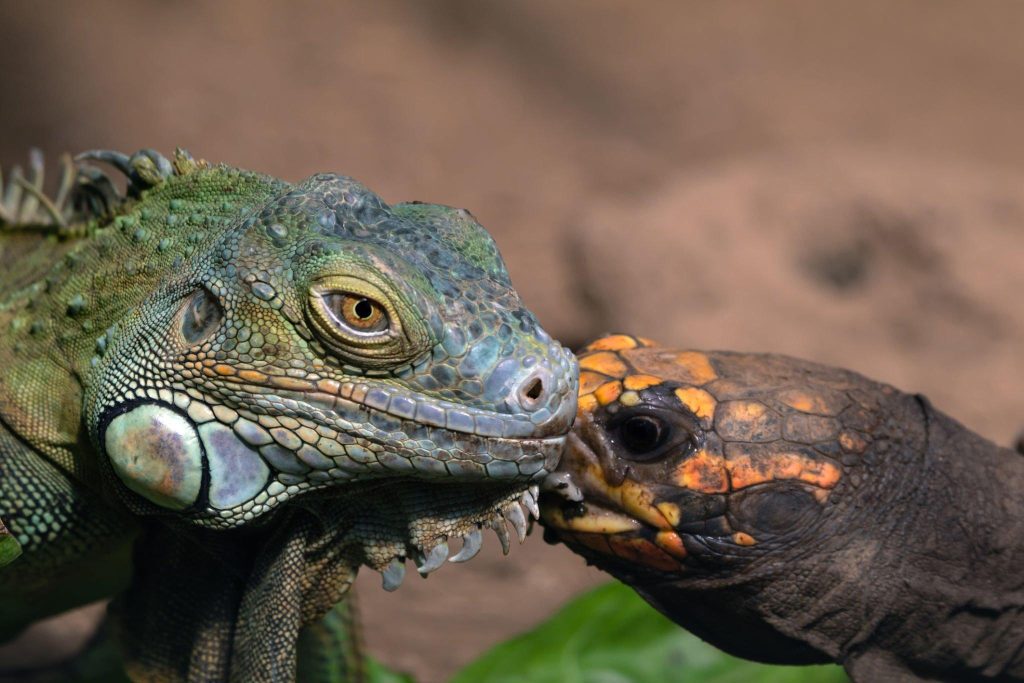
Handling and Socialization
How you interact with a red foot tortoise can shape its behavior. Regular, gentle handling from a young age can help them become more accustomed to human contact. But it’s all about balance. Too much handling can stress them out, while too little can make them shy. It’s like building a friendship; you need to respect their space and take things slow. The more positive interactions they have with humans, the friendlier and more comfortable they become.
Creating a Friendly Environment for Your Tortoise
Diet and Nutrition
A happy tortoise starts with a healthy diet. Red foot tortoises are unique in their dietary needs, enjoying a mix of fruits, vegetables, and occasional protein. Providing a balanced diet not only keeps them healthy but also affects their mood and energy levels. Think of it like us humans – a good meal can make our day! It’s important to research and offer a variety of appropriate foods to ensure your tortoise is not only well-fed but also mentally stimulated and happy.
Enclosure Setup and Enrichment
Your tortoise’s home is more than just a space – it’s their world. Setting up the right enclosure involves more than just size; it’s about creating an environment that stimulates their natural behaviors. This includes having areas for them to hide, climb, and explore. Temperature gradients, proper lighting, and humidity are also critical for their wellbeing. By enriching their living space, you encourage natural activities that keep them active and engaged, which contributes significantly to their overall friendliness and well-being.
Common Misconceptions About Red Foot Tortoises
One common myth is that red foot tortoises are high-maintenance pets. In reality, while they do need specific care, they are quite adaptable and can thrive with proper attention. This misconception might steer potential owners away, but understanding their basic needs can dispel this myth.
Another misconception is that these tortoises can live solely on a vegetarian diet. While they are primarily herbivores, red foot tortoises also need animal protein in moderation. A diet lacking this can lead to health issues. It’s crucial to get the diet right for your tortoise’s overall health and happiness.
Frequently Asked Questions (FAQs) About Red Foot Tortoises
Q1. How long do Red Foot Tortoises live?
Red Foot Tortoises are known for their long lifespan, often living for 50 years or more with proper care. This makes them a long-term commitment as a pet.
Q2. Can Red Foot Tortoises be kept with other pets?
While they are generally peaceful, it’s important to be cautious when housing them with other pets. Proper introduction and monitoring are essential to ensure compatibility and safety.
Q3. Do Red Foot Tortoises need a lot of space?
Yes, they require ample space to move, explore, and exhibit natural behaviors. A cramped space can lead to stress and health issues, so a spacious enclosure is vital.
Q4. Are Red Foot Tortoises good for beginners?
They can be a good choice for beginners who are willing to learn about their specific care needs. Their generally friendly nature and manageable size make them suitable for first-time tortoise owners.
Q5. How do you know if a Red Foot Tortoise is happy and healthy?
Signs of a happy and healthy tortoise include active behavior, a good appetite, clear eyes, and smooth shell growth. Regular veterinary check-ups are also key to maintaining their health.
Conclusion
In conclusion, Red Foot Tortoises are more than just pets; they are companions with unique personalities and needs. Understanding and respecting their nature, from their diet and habitat to their social interactions, is key to a harmonious relationship. This guide aims to provide a comprehensive overview of what it takes to care for these fascinating creatures, debunking common misconceptions and highlighting the joys of responsible tortoise ownership.
As we’ve explored, the friendliness of Red Foot Tortoises is influenced by various factors, each playing a crucial role in their overall well-being. Remember, a happy tortoise is a friendly tortoise. Whether you’re a seasoned tortoise keeper or considering bringing one into your family, we hope this guide has been enlightening. Embrace the journey of learning and growing with your Red Foot Tortoise, and you’ll discover the rewarding experience of sharing your life with one of nature’s most intriguing creatures.

